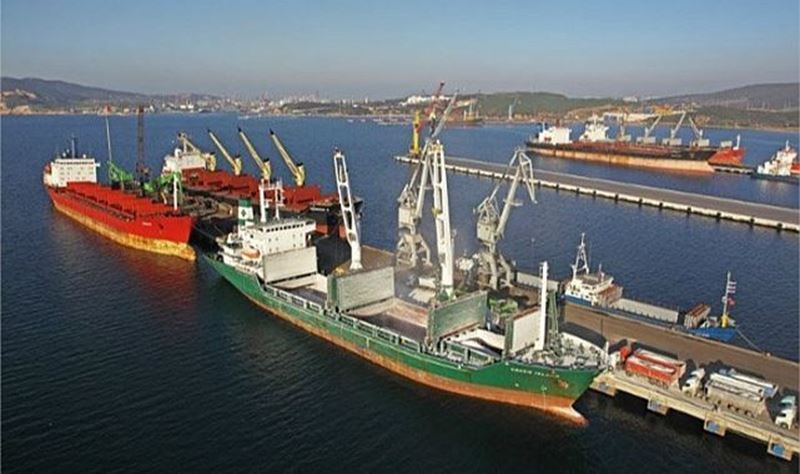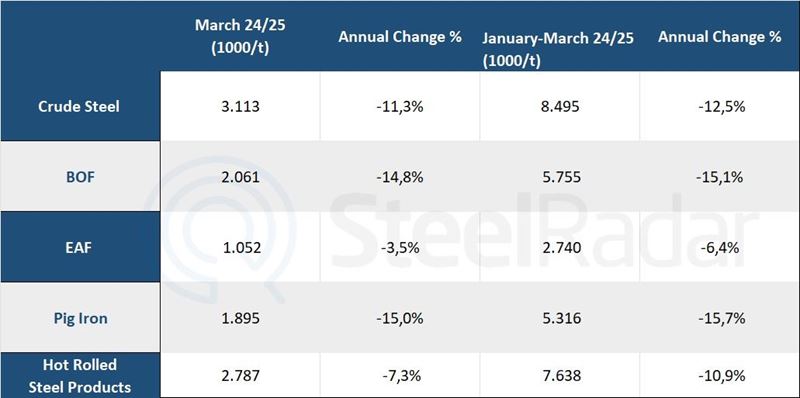Reports suggest that hydrogen-based green steel production could reach 46 million tons by 2035. However, the high cost of hydrogen, infrastructure-related challenges, and policy uncertainty may slow down progress, and 46 million tons will only represent about 2.5% of global annual steel production. Blast furnaces using coal will remain the dominant technology for many years.
At the regional level, policies in European countries that will be implemented in the near future, along with government financial support, will play a significant role in accelerating green steel projects. In contrast, countries like the United States are making efforts through tax incentives and grants for the development of hydrogen and carbon capture technologies, although the long-term success of these approaches remains uncertain. China is also rapidly increasing its hydrogen production capacity, but it is still dependent on fossil resources for sponge iron production.
The steel industry has turned to methods like injecting hydrogen or biomass into blast furnaces, recycling exhaust gases, and increasing the use of electric arc furnaces to reduce emissions in existing facilities. However, these measures are not considered sustainable long-term solutions, and investments in new green steel production technologies are increasing.
Among steel-consuming industries, the automotive sector is leading the demand for sustainable steel due to its readiness to implement stricter regulations regarding the use of recycled materials and reducing greenhouse gas emissions across the entire value chain. The use of green steel only adds $100 to $200 to the cost of producing each vehicle, which is manageable for this industry. In contrast, industries like construction, industrial equipment, and shipbuilding are moving more slowly towards the use of green steel.
The main challenge in developing green steel is the high cost and limited supply of "green" hydrogen. For example, the price of green hydrogen in Europe often exceeds €6 per kilogram, causing hesitation among steel producers to invest in this area due to uncertainty about political support and long-term hydrogen prices.
Despite these obstacles, major steel companies are dedicating billions of dollars to research and development of hydrogen-based technologies. It is predicted that by the mid-2030s, about 100 million tons of hydrogen-capable steel production capacity will be announced globally, with most of these projects initially using natural gas.
Replacing fossil fuels with green hydrogen requires the creation of real demand for it, as buyers are reluctant to pay extra costs for a product to be "green." He also pointed out the high cost of electrolyzers and the unmet expectations from government subsidies to reduce these costs. However, he expressed hope that with price reductions, demand for hydrogen will increase in the coming years.











Comments
No comment yet.